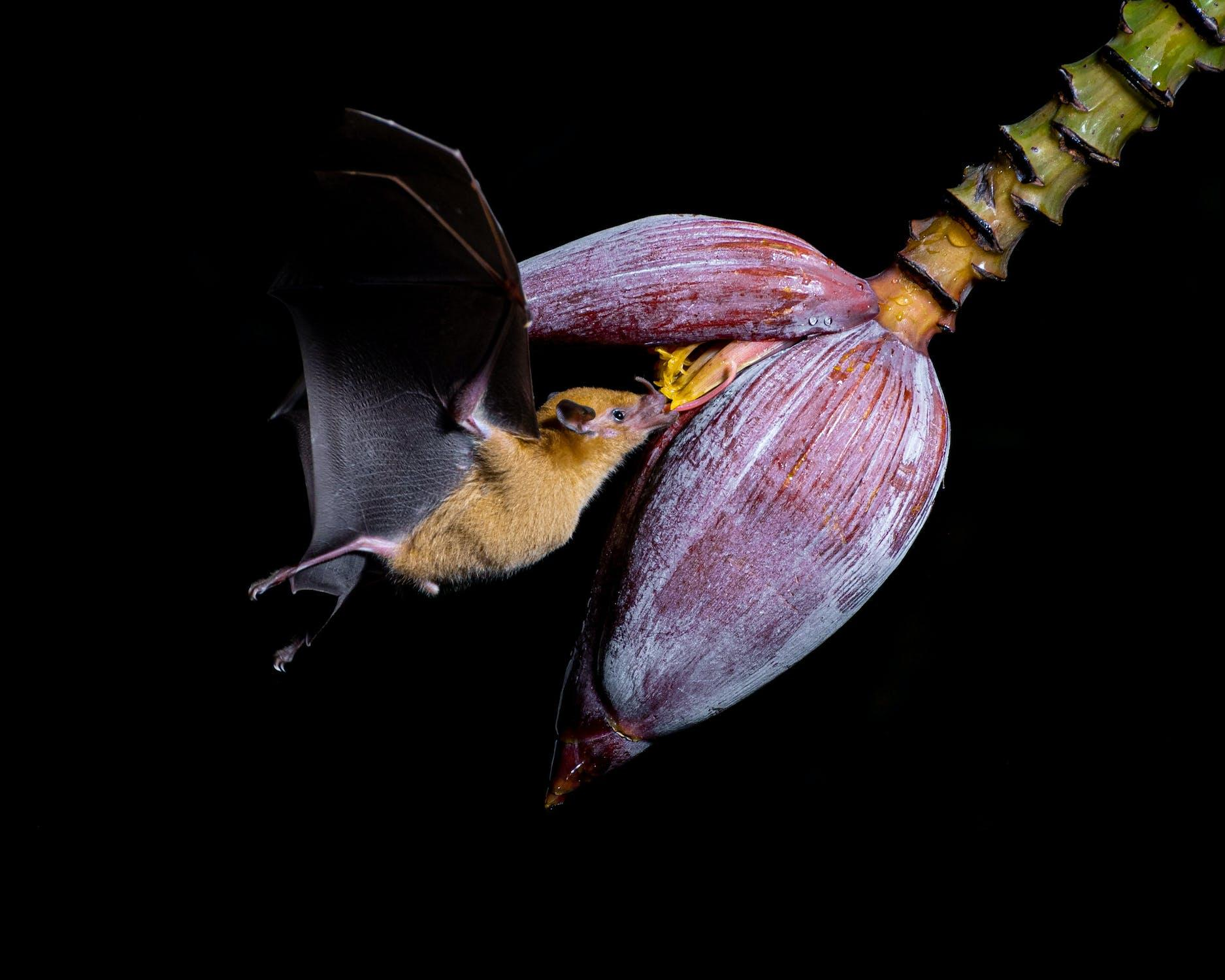Table of Contents
Although bats are frequently harmless animals, it is doubtful that you would want to have them live in your home. Bats are better left to dwell outdoors in the wild due to their noisy behavior, the potential for damaging your home’s insulation, and the fact that they can carry dangerous diseases.
You might be dealing with a more challenging issue than noise from the bats’ infestation of your home. Droppings left behind by encroaching bats pose health problems and degrade wood and other structures over time. It’s an excellent decision to contact a professional bat removal service in Indianapolis if you have a severe infestation.
Similar to eliminating raccoons, it’s crucial to eradicate these mammals gently if your state permits removing bats. Fortunately, here are some easy ways.
Identify and Eliminate Entry Points
Bats in nature prefer to spend the day in caves. In the lack of these underground spaces, they will occupy any dim area that will provide them with cover and safety from scavengers. Given this, it is simple to understand why bats often live in chimneys, attics, wall fractures, and ceiling eaves.
Remove any potential access points, and bats will have one less motive to choose your property. The most straightforward approach to stop a bat infestation is to do this. Before you begin closing in the holes, though, make sure there are no entrapped bats if you currently have them living in your home.
Professionals usually plug the opening with a wire mesh impenetrable to animals’ teeth but pliable enough to fit into several sizes and forms of gaps. The fact that this metal mesh is chew-, stain-, and rust-proof makes it an excellent choice.
Use an inflatable sealant that stretches to fill the microscopic pores in the mesh after packing the gap. To apply foam sealant, load a can of the material into a foam gun. As this is dangerous if inhaled, use protective gear and ensure sufficient ventilation. The substance will solidify a few hours later, completely covering the cracks.
Employ Natural Repellent
Due to their keen sense of smell, you can easily dissuade bats from your property using natural deterrents.
To drive bats out of nesting locations or discourage them from invading, scents such as peppermint (which is also effective in eliminating mice), phenol (an aromatic compound sometimes found in cleansing items), cinnamon, and eucalyptus are excellent options in large quantities.
If you want to avoid causing skin irritation, apply phenol in crystal form directly to the affected area. Phenol sprays are available, but they may not endure, and you may need to use them repeatedly.
Mix warm water, sugar, peppermint, or eucalyptus. To prevent the bats from residing in your home, liberally spray where they commonly build their nests. If the bats are new to the area, scents are a fantastic method to get them to go. However, longer-established colonies may need more persuasion using a combination of deterrents.
Install a Bat House
Constructing a decoy bat home nearby is something you might want to think about if you need to lure bats away and prevent them from returning. Nothing will convince them to depart from your house like a better residence.
Designing a decoy bat house has become simple because of the availability of bat house kits. It includes the components to construct a dwelling for your unwanted visitors. This kit contains cut cedar wood pieces that fit into one another.
Even a young child can make it with the simple-to-follow instructions included. It’s a terrific approach to involve the whole family in removing bats and educate the kids to respect all living things.
It’s imperative to remember that bats are excellent at controlling insect infestations. To determine the size of bat housing you need, study the species of bat you’ll be dealing with before making a purchase.
Although bats often prefer dark places, their homes should receive no less than six hours of sunlight daily. Mount the decoy house on a wooden or concrete frame rather than a tree to reduce the likelihood of predators getting to them.
Remove Food Sources
Remove the bats’ food source because doing so deters them from making your house their home. Prolonged bat activity in a home could indicate a problem with insects. Most bat species consume fruits and insects like beetles, moths, and mosquitoes. The most common bat feeds on about 600 mosquitoes or more every hour.
The natural solution is best, such as using marigold flowers or mosquito-repelling plants like rosemary. To lower the insect population, you may employ chemical insecticide spray; only ensure it’s safe for tiny mammals. Use a net to stop the bats from consuming the fruit if you are growing a fruit tree or garden in your yard.
Bay leaves and rosemary function to ward off moths, while peppermint oil can keep beetles away. The bats will move on if food is unavailable on your premises.
Get Help
Contact a bat removal service in Indianapolis or a location close by. Your best option is to hire a professional to solve the issue if you’re having trouble eliminating the bats yourself or think your yard might be home to a bat colony.
Specialists in pest management will be able to locate the potential access spots for bats, remove them, and seal the openings to prevent them from returning.
It is the best and most practical choice if you have the money to implement it. You can also reach your neighborhood wildlife department or conservation organization, which can offer to get rid of the colony for free.
Eliminating Bats from Your House

https://www.pexels.com/photo/close-up-of-bat-feeding-on-flower-15915605/
Bats are challenging animals to eradicate. No quick-acting solution can compel them to leave, nor can you swiftly capture and take them outside. Bat extermination, or bat slaughter, is rarely a viable solution. In many instances, governments prohibit it.
The first difficulty in handling bats is being conscious of their presence. Most people ignore small warning indications, leaving the bat population to expand and making removal more challenging when you discover them eventually.
It requires persistence, thorough investigation, and patience to remove bats. Also helpful are experience and understanding of bat behavior. You must be handy for some of the work involved in bat exclusion, which may vary from installing netting to more extensive home repairs.





